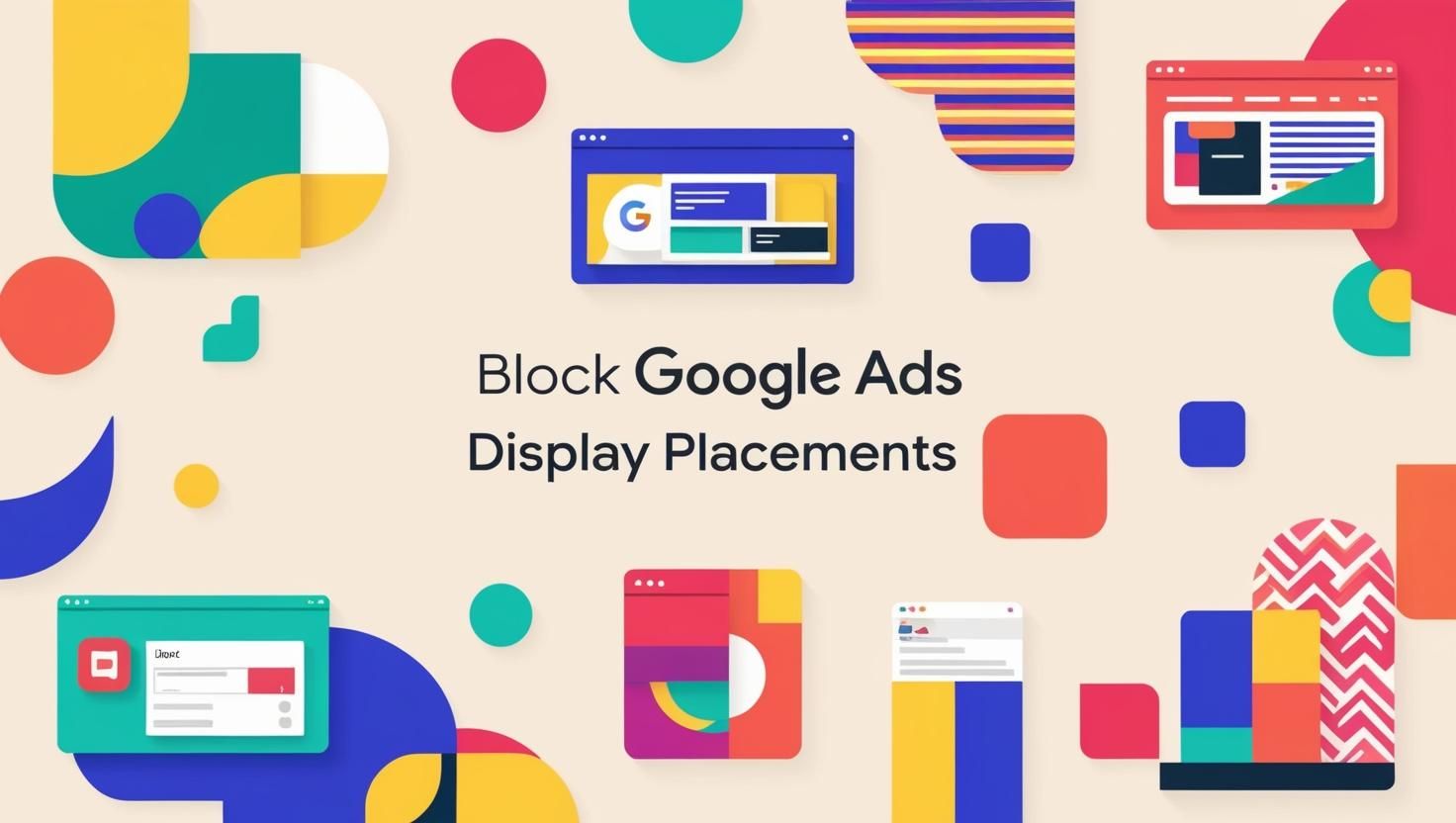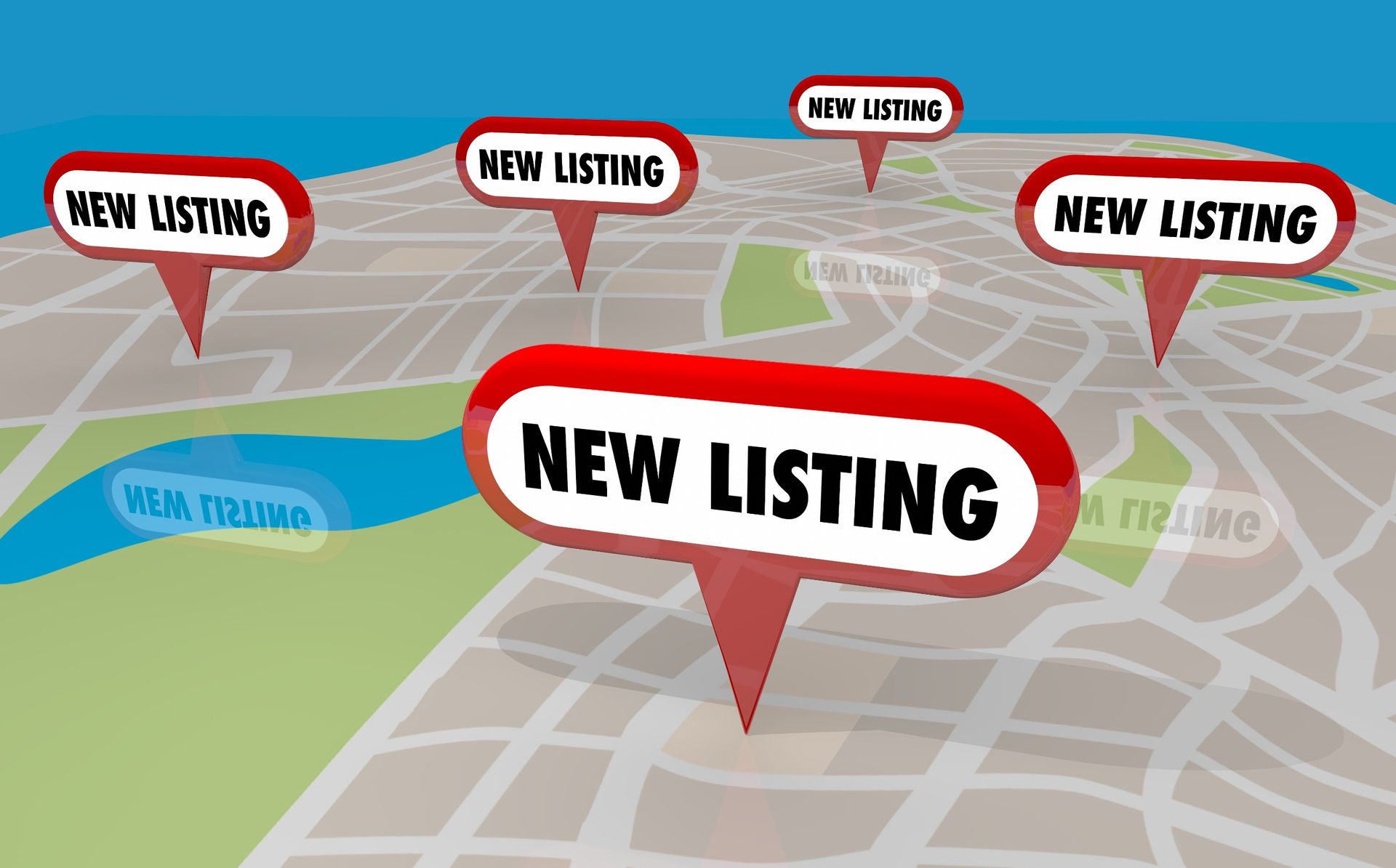How to Collect First-Party Data and Own Your Audience
As a business or marketer, it's essential to ensure that you have control of your audience and can leverage data to create personalized experiences. However, due to privacy concerns and an increasing number of regulations, this becomes increasingly difficult.
That is why understanding how to properly collect first-party data is critical for owning your customer relationships and driving better marketing outcomes. In this blog post, we'll discuss the steps necessary for successful first-party data collection so you can create meaningful interactions with clients without fear of compromising their privacy.
Understand the difference between first-party and third-party data collection
Before diving into the mechanics of first-party data collection, it's important to understand the difference between first-party and third-party data. First-party data is information collected directly from your customers or audience.
It includes data from behaviors, actions, or interests demonstrated on your website, application, or other owned properties. It could also include data collected from customer surveys or subscriptions.
Third-party data, on the other hand, is information that's collected by entities that don't have a direct relationship with the customer. It is usually aggregated from various websites and platforms and is typically purchased from a third-party data provider. While third-party data can provide a broad reach, it often lacks the specific, detailed insights that first-party data offers.
Furthermore, with growing privacy concerns and regulations, the use and availability of third-party data are becoming increasingly restricted.
Identify Your Target Audience and Where to Find Them
When beginning to collect first-party data, it's crucial to first identify who your target audience is. This typically involves creating a customer persona that includes demographic information, interests, behaviors, and pain points. These traits will help you understand what motivates your audience, what they're interested in, and how they interact with your brand.
Once you have a clear understanding of who your target audience is, you can identify where to find them. It might be on specific pages of your website, through your email marketing campaigns, or on your social media platforms.
For example, if you're a fashion retailer, your customers might primarily interact with your brand on Instagram or through online shopping on your website. Remember, the goal of first-party data collection is to understand your customers better — so start by looking at where your customers are already engaging with your brand.
Establish Reliable Sources for Data Collection
Once you have a clear understanding of your target audience and where they interact with your brand, the next step is to establish reliable sources for data collection. There are several ways you can do this:
- Website Analytics: Utilize tools such as Google Analytics to track user behavior on your website. It can provide valuable insights into page views, time spent on different sections, click-through rates, and more.
- Email Marketing: Email interactions can offer useful data points, including open rates, click-through rates, and conversion rates. By integrating email marketing with your CRM, you can track customers' interactions from email to purchase.
- Customer Surveys: Direct feedback from your customers can provide rich, qualitative data. Consider using surveys or feedback forms to gather insights not only about your products or services but also about wider customer preferences and behaviors.
- Social Media Platforms: Platforms like Facebook, Instagram, and Twitter offer robust analytics features that can help you understand how your audience engages with your content.
- Customer Relationship Management (CRM) Systems: A good CRM system can provide a comprehensive view of your customers, tracking interactions across different channels and providing a consolidated view of customer behavior.
Remember, the key to successful first-party data collection is consistency and accuracy. Make sure to regularly update and validate your data sources to ensure the quality of your data.
Utilize Opt-In Forms to Create a Streamlined User Experience
Opt-in forms serve as an effective method for first-party data collection, providing a streamlined and user-friendly experience for your audience. These forms, which can be embedded in your website or included in your email marketing campaigns, allow users to voluntarily provide their information. This information can range from basic details such as name and email address to more specific data like preferences or interests.
Opt-in forms offer a transparent and ethical method of data collection, ensuring users are aware of the data they are providing and how it will be used. It builds trust with your audience, reinforcing your brand's commitment to privacy and user control.
To maximize effectiveness, these forms should be designed with usability in mind. A clean layout, clear instructions, and an easy submission process can increase engagement and completion rates. Additionally, offering an incentive, such as access to exclusive content or discounts, can encourage users to opt in.
By leveraging opt-in forms, you can gather valuable first-party data directly from your users, enhancing your marketing strategies and fostering a
more personalized customer experience.
Ask Relevant Questions to Understand Your Audience's Needs
Understanding your audience's needs is crucial to delivering personalized experiences. To do this effectively, you need to ask relevant questions. These can be incorporated into your opt-in forms, customer surveys, or feedback forms. Here are a few examples:
- What challenges are you currently facing in your role or industry?
- Which of our products or services are you most interested in?
- How can we improve our products or services to better meet your needs?
- What type of content are you most interested in receiving from us?
- How often would you like to receive communication from us?
- Are there any new features or services you would like us to introduce?
These questions will help you gain a deeper understanding of your audience's needs, preferences, and behaviors, allowing you to tailor your marketing and communication efforts accordingly. The more you understand about your audience, the better positioned you are to deliver a personalized and impactful experience.
Analyze Collected Data for Insights Into Customer Behavior
After successfully collecting first-party data, the next crucial step is to analyze this information for insights into customer behavior. Through detailed analysis, you can understand your customers' preferences, behaviors, and potential challenges, offering invaluable information to guide your marketing strategy.
Data analysis can be broken down into various stages:
- Qualitative Analysis: Review the responses to open-ended questions or feedback to understand the reasons behind certain customer behaviors or preferences. This analysis can provide detailed insights into what customers value or dislike about your products or services, and what they desire from your brand in the future.
- Quantitative Analysis: Analyze numerical data such as website analytics, email open rates, or survey response rates. This analysis can highlight patterns and trends in customer behavior, helping you identify what resonates with your audience.
- Segmentation: Divide your audience into segments based on shared characteristics, such as demographic information or buying behavior. This allows you to tailor your marketing efforts to each segment, improving relevance and engagement.
- Customer Journey Mapping: Trace the path your customers take from initial contact through to purchase. This can reveal opportunities to improve the customer experience, identify bottlenecks or drop-off points, and understand what motivates customers to make a purchase.
Keep in mind that data analysis should be a continuous process, regularly updated to reflect changes in customer behavior and market trends.
Implementing Effective Strategies to Engage Customers
Equipped with valuable insights from your first-party data, you can now design and execute effective engagement strategies tailored to your customers' needs and preferences. Here are a few methods that can help you leverage this information:
- Personalized Content: Use the information gathered from your audience to create content that resonates with their interests and needs. It might include blog posts on topics they care about, targeted email campaigns, or personalized product recommendations.
- Segmented Marketing Campaigns: With segmentation, you can tailor your marketing efforts to different customer groups. For instance, you might send a specific email campaign to customers who showed interest in a particular product line, while directing another campaign toward those who have recently made a purchase.
- Tailored Customer Experiences: Use your customers’ behavior and preference data to provide a more personalized shopping experience. This could involve customizing the layout of your website based on their past interactions or providing bespoke product or service recommendations.
- Engaging Social Media Strategy: Leverage insights from your social media analytics to create content that drives engagement. This might involve sharing user-generated content, running contests or giveaways, or hosting live Q&A sessions on topics that matter to your audience.
- Improved Customer Support: Use customer feedback to enhance your support services. If your data indicates that customers are frequently asking certain questions, consider creating a comprehensive FAQ section or developing educational content around these topics.
Remember, the ultimate goal is to foster a stronger relationship with your customers by providing value and enhancing their experiences with your brand.
Keep testing and adjusting your strategies as you gather more data and insights, as this will allow you to continuously improve and stay aligned with your customer's evolving needs and preferences.
In Summary
The power of data can fuel better customer engagement when it’s collected right and analyzed effectively.
With a clear understanding of the difference between first-party and third-party data, and the resources available, you can efficiently find your target audience and ask relevant questions to collect pertinent information that will help you deliver meaningful customer experiences.
By utilizing opt-in forms to streamline user interaction, parsing feedback for beneficial insights into customer behavior, and forming targeted strategies around those insights — you’ll have an optimal chance of engaging customers through more effective means. So create an action plan today — get collecting data!
About Whale Traffic
There is no one better to be on your side if you are embarking on your marketing journey and looking for a reliable and experienced partner to handle your digital advertising. We have worked with clients across industries and sectors and have helped them achieve their marketing goals.
Our talented team has expertise in several marketing channels and platforms and works together to hit the mark! Our services include display ads, search ads, social ads, and more. You can reach us at 18446994253 or fill out our contact form to know more.










